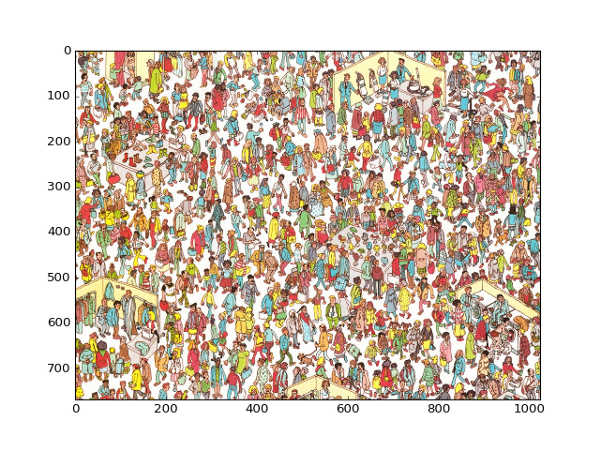These Python image processing libraries provide python developers with an easy and smart way of transforming images and process their data. The presence of data in today’s and Images holds a significant amount of these data. Although, These images need to be processed in order to get this information.
In this Publication, We would be talking about 15 Python image processing libraries.
1. Hmap
This image histogram remapping script developed by Anthony Kesich and Ross Goodwin is written in Python 2.7. It is designed to make changes to source image so that the source image’s histogram matches the target image’s histogram.



2. Pagan
This performs an Input string hashing so as to generate unique avatar images that could be used as on web applications. These images provide an alternative to the default user images for new accounts, or to improve the view of the comment sections by ensuring a user’s IP address or username is represented with an image.

3. Quads
This program is inputted with an Image, The input image is split into four quadrants. Assigned with colors based on the colors in the image and the quadrant with the largest error further split into new quadrants in order to refine the image. This process is repeated N times.

4. Thumbor
Thumbor is a smart imaging service. It enables on-demand crop, resizing and flipping and is very smart in detecting the important aspects of the image to ensure better cropping and resizing, using state-of-the-art face and feature detection algorithms.

5. Wand
Wand is based on ctypes and is a simple ImageMagick binding for Python, supporting 2.6, 2.7, 3.3+, and PyPy. All functionalities of the MagickWand API are implemented in Wand.

6. scikit-image
Scikit Image implements algorithms and utilities that are for use in research, education, and industry-based applications. This is a fairly simple and straightforward library, even for those with zero knowledge of the Python’s ecosystem.

7. NumPY
NumPy is a fundamental package for scientific computing with Python. It contains a powerful N-dimensional array object, tools for capable of C/C++ and Fortran code, useful linear algebra, Fourier transform, and random number capabilities, sophisticated (broadcasting) functions.

8. PIL/Pillow
PIL (Python Imaging Library) is a free library for the Python programming language that adds support for opening, manipulating, and saving many different image file

9. SimpleCV
SimpleCV is another open source framework that enables the building of computer vision applications. It offers permission to a lot of high-powered computer vision libraries which includes OpenCV.

10. SciPy
SciPy is another of Python’s core scientific modules (like NumPy) and can be used for basic image manipulation and processing tasks. It provides functions operating on n-dimensional NumPy arrays. The package currently includes functions for linear and non-linear filtering, binary morphology, B-spline interpolation, and object measurements.

11. Mahotas
Mahotas is another computer vision and image processing library for Python. It is capable of filtering and performing morphological operations, as well as more modern computer vision functions for feature computation, including interest point detection and local descriptors.


12. SimpleITK
ITK (Insight Segmentation and Registration Toolkit) is an open-source, cross-platform system that has a wide suite of software tools to allow developers perform image analysis.

13. pgmagick
pgmagick, often described as the Swiss Army Knife of image processing for it multi-functionalities is a Python-based wrapper for the GraphicsMagick library.

14. Pycairo
Pycairo is a set of Python bindings for the Cairo graphics library. Cairo is a 2D graphics library for drawing vector graphics. Vector graphics are interesting because they don’t lose clarity when resized or transformed.

15. OpenCV
(Open Source Computer Vision Library) is one of the most widely used libraries for computer vision applications.

Conclusion
These are amazing libraries, Try them out to get to know more about them!


